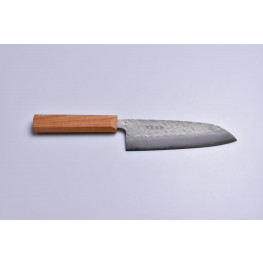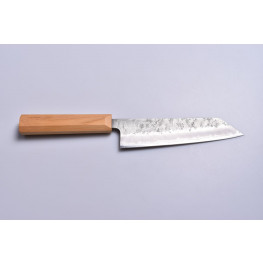Sakon Ginga Nashiji

Hokiyama Cutlery was founded in the legendary Tosa area of Shikoku Island in 1919. At the time of writing, the third generation of Hokiyamas, led by Shinsuke, is celebrating the company's 100th anniversary. On this occasion, it gradually launches exceptional knives called Tosa-Ichi and Sakon. The name Tosa-Ichi can be freely translated as number one from Tosa or the best of Tosa. While the Tosa-Ichi Group incorporates traditional approaches and materials and Mugen the innovative ones, Sakon represents their penetration and offers knives with an emphasis on their practical use.
The latest addition to this group is Sakon Ginga Nashiji Bright. At the manufacturer Hokiyama Cutlery, we are already used to complicated names of its products, but on the other hand we acknowledge its sense of complexity. According to the name, you can identify where the knife is classified, what material it is made of and what its final treatment is. Practical.
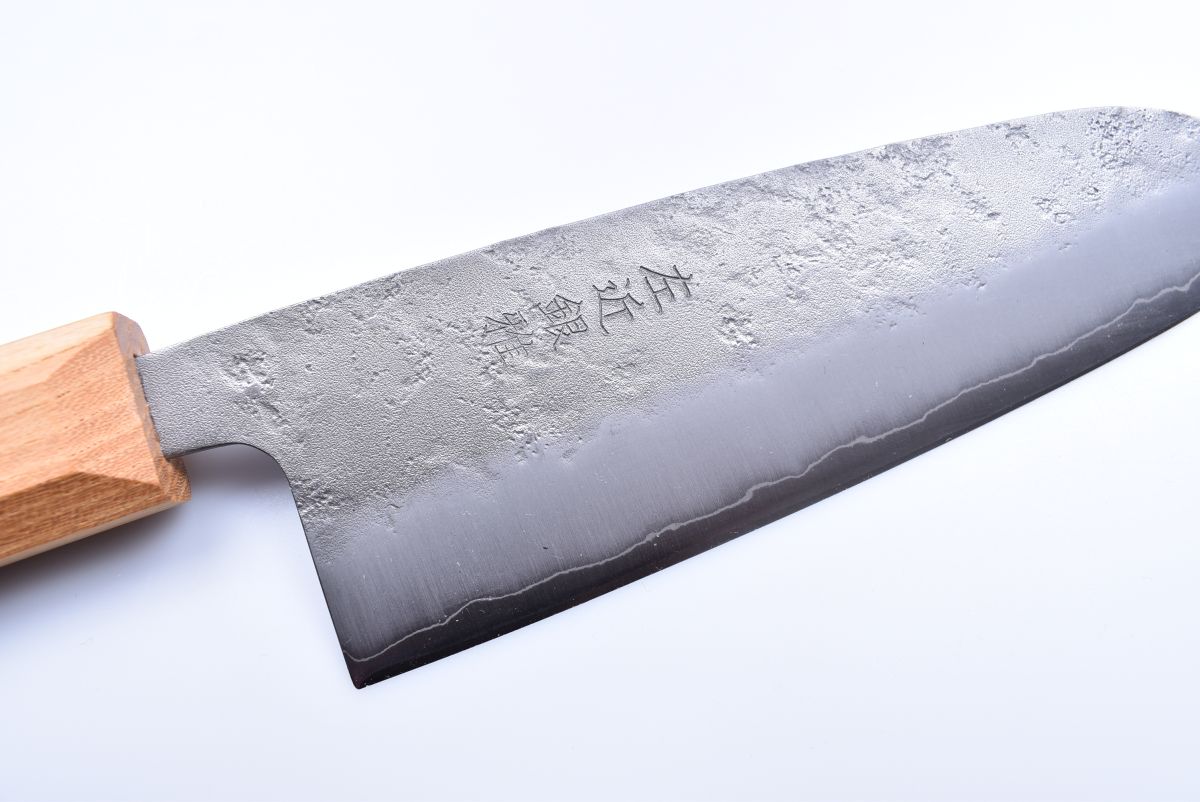
We have already decoded Sakon. Ginga follows. It is the name of the "silver" steel Gingami 3. This steel is very similar in its properties to high-carbon gems from Yasuki Specialty Steel, but unlike them, it is one of the so-called anticorrosive materials. It contains 13 - 14.5% free chromium. It is hard (60 HRC) because the carbon content approaches the values of Shirogami 2 and Aogami 2 / 0.95 - 1.1% /. It feels very good on grinding stones and holds the blade for a long time. The core is lined on the sides with softer steel SUS-405, which facilitates grinding. We come to the word Nashiji. In translation, it means pear, and its flesh is reminded by the gentle beating of the outer layer of the blade. Unlike Tsuchime's dynamic hammer decor, Nashiji looks stoically calm. The last word is Bright. This English term is a reference to the light color of the blade. The sandblasted strip at the bottom resembles a shinogi of Japanese swords. The last action on the blade is decently embossed kanji characters, which means Sakon Ginga. For detailists, we state that gin is silver and ga is elegant.

Simplicity is beauty and here it is 100%. The rustic blade is combined with an octagonal handle without a ferrule. Zelkova wood - Japanese ironwood was used as the material. It is called Keyaki in its homeland and, due to its hardness and durability, has been widely used in the past to build ships, temples and shrines. An example is the breathtaking terrace of Kiyomizu-dera Temple in Kyoto. Like honoki, it is a fairly expensive material and is therefore mainly used today for interior accessories. Its fine grain and attractive color complete the balance of this exceptional knife.
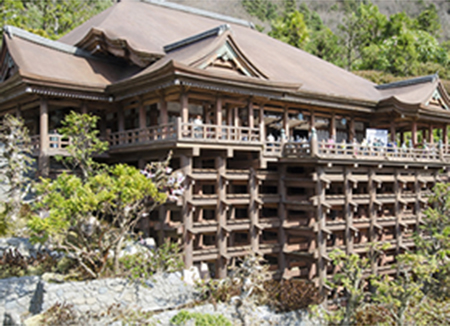
©2010-2019 Copyright Roman Ulík, Nippon Knives,www.japonskenoze.sk , all rights reserved.
Photographs and texts are protected by copyright and their use is not possible without the author's consent.
-
Sakon Ginga-Nashiji Bright Petty 154532
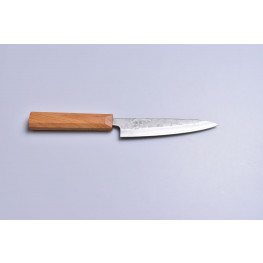 On stock115,00 €
On stock115,00 €


 Sign in
Sign in Registration
Registration


